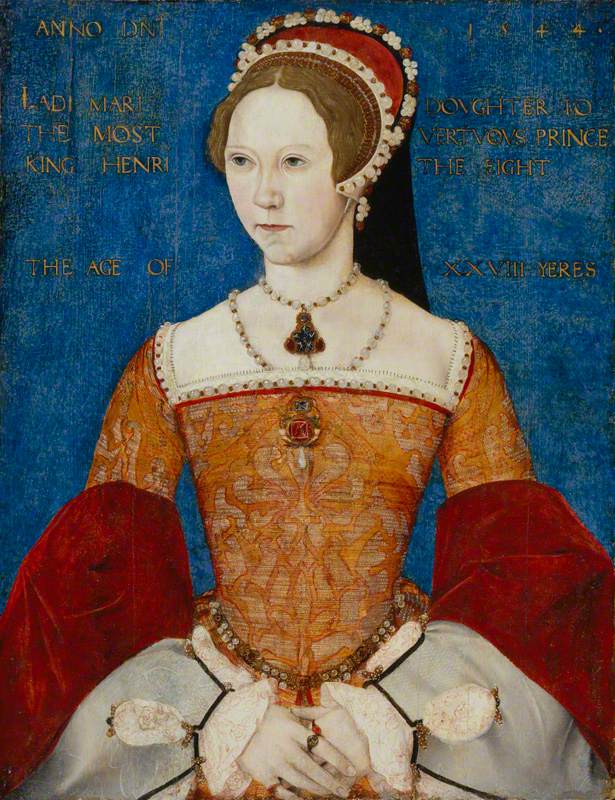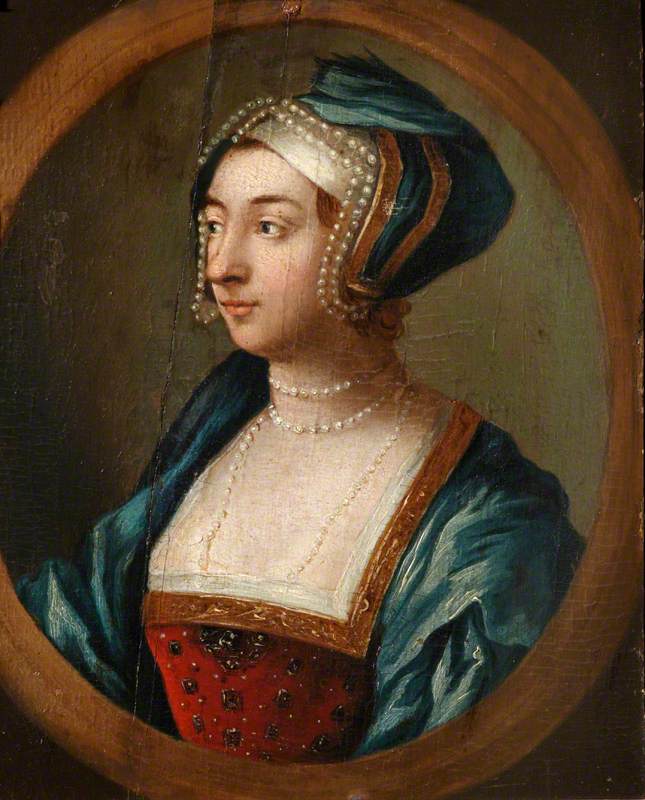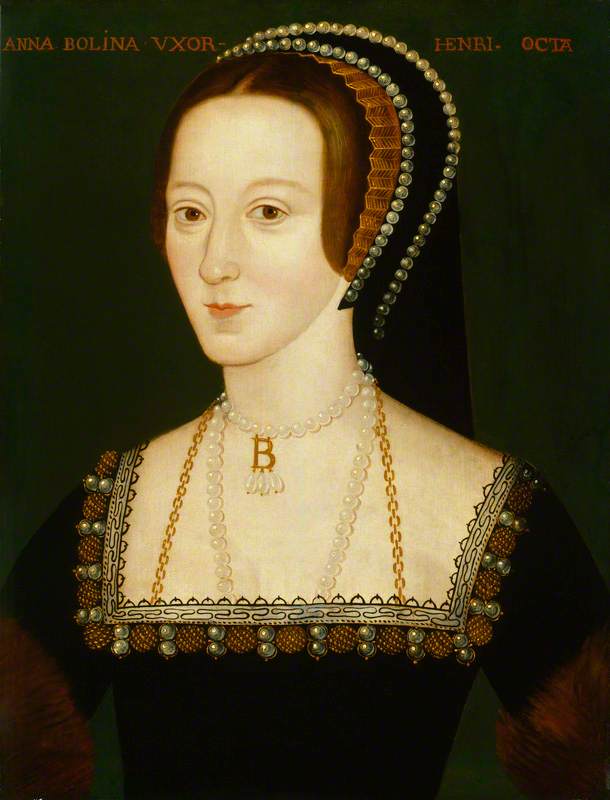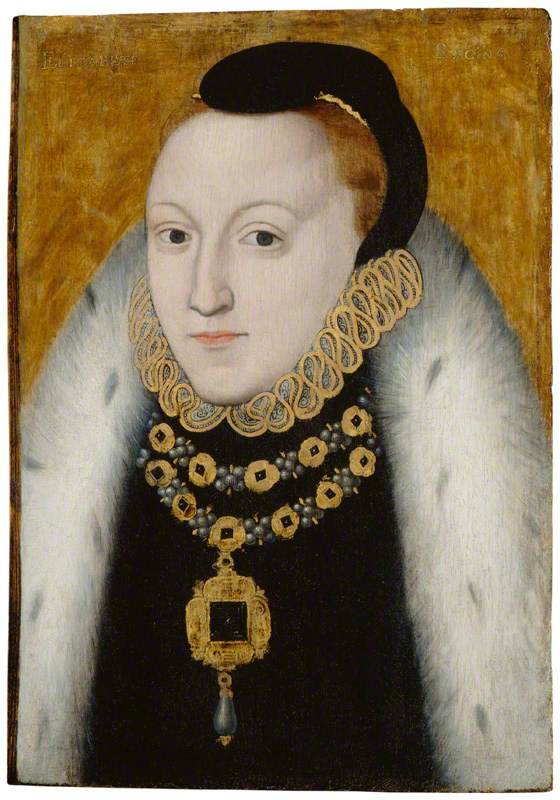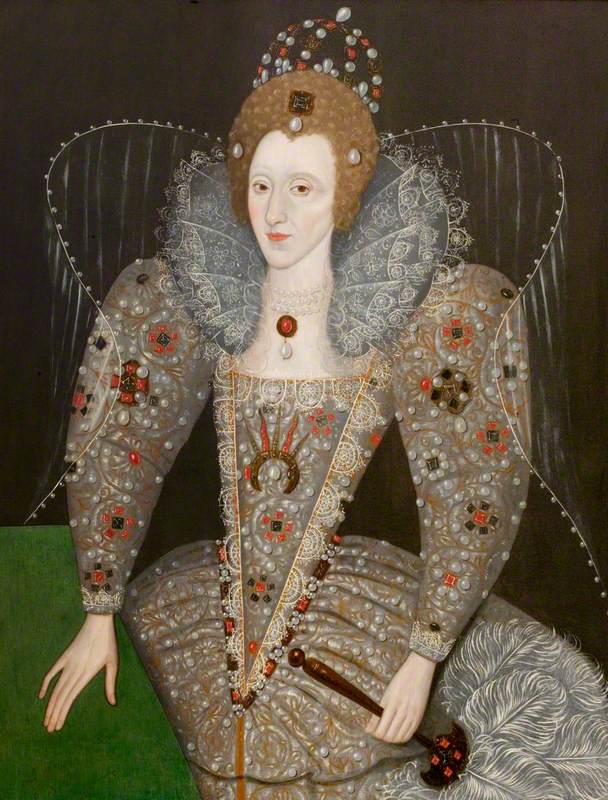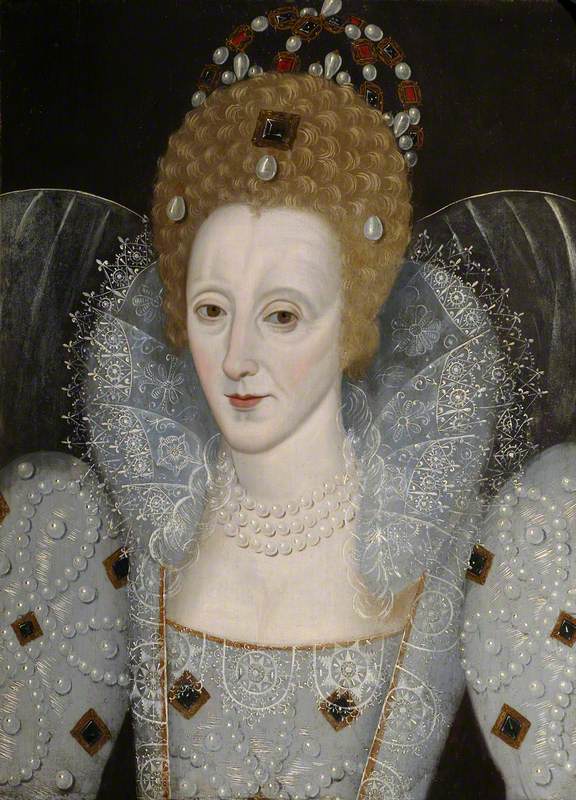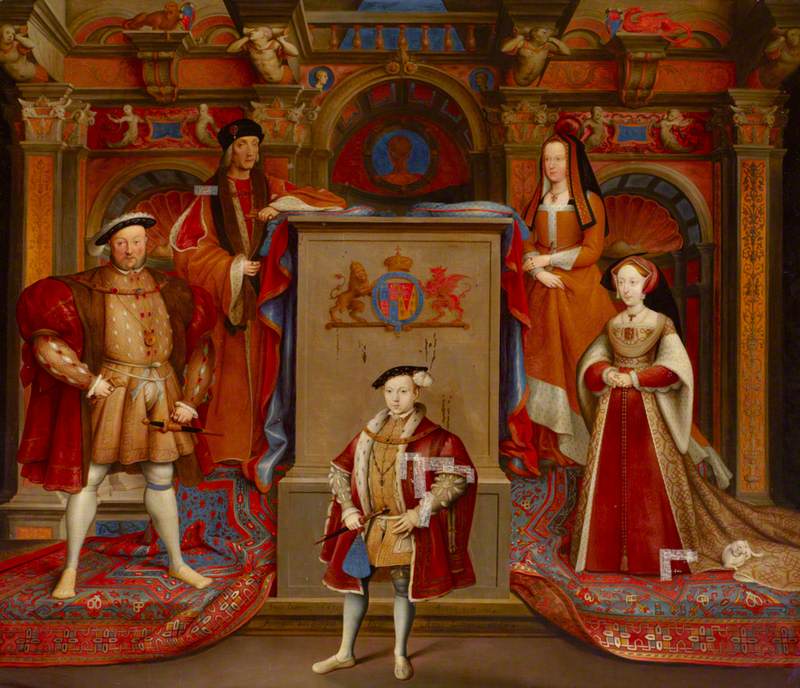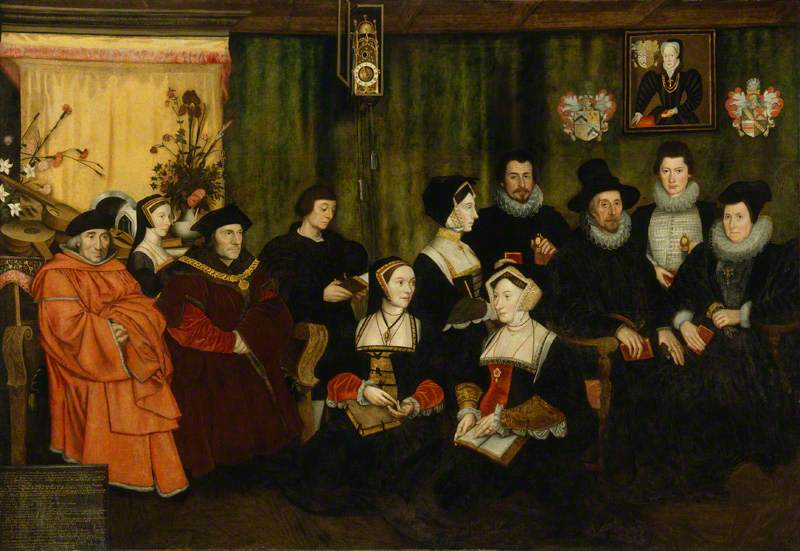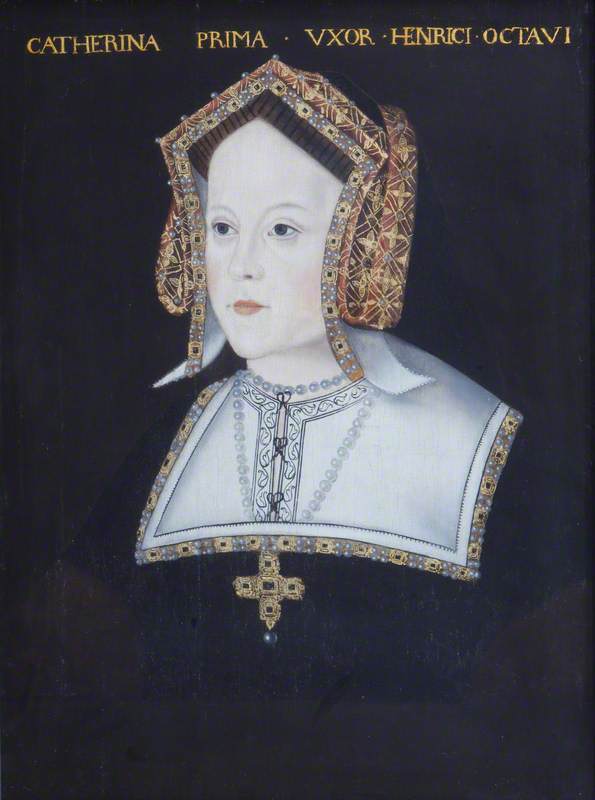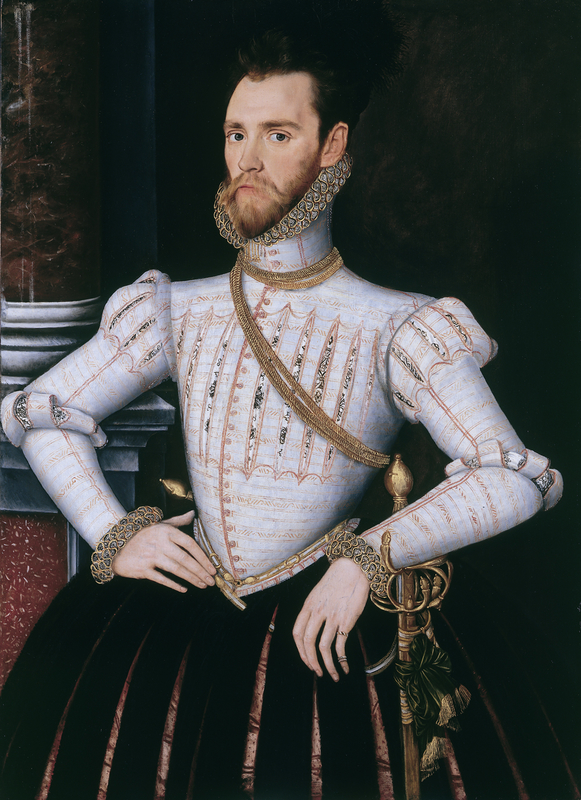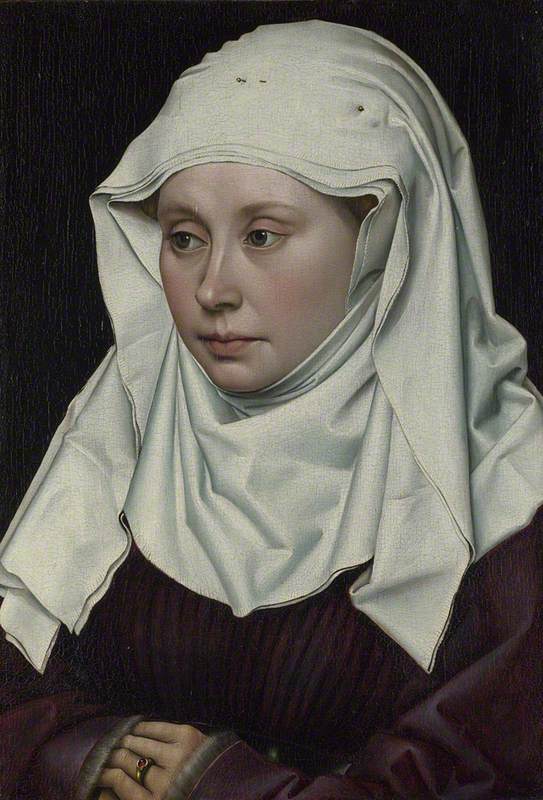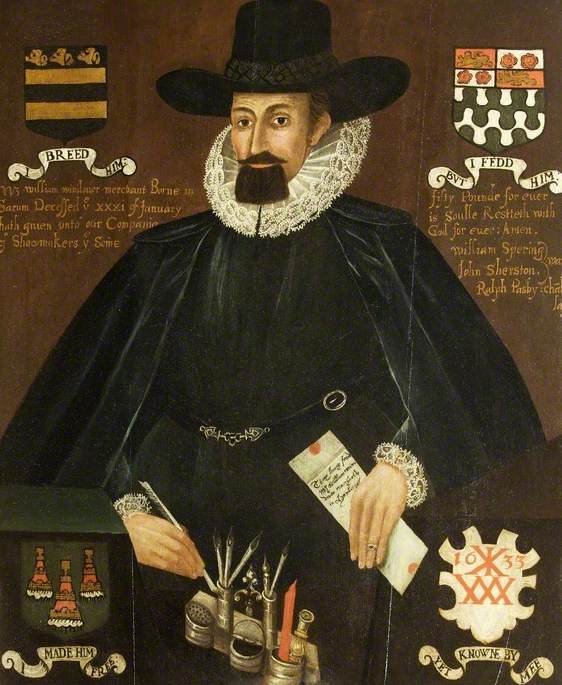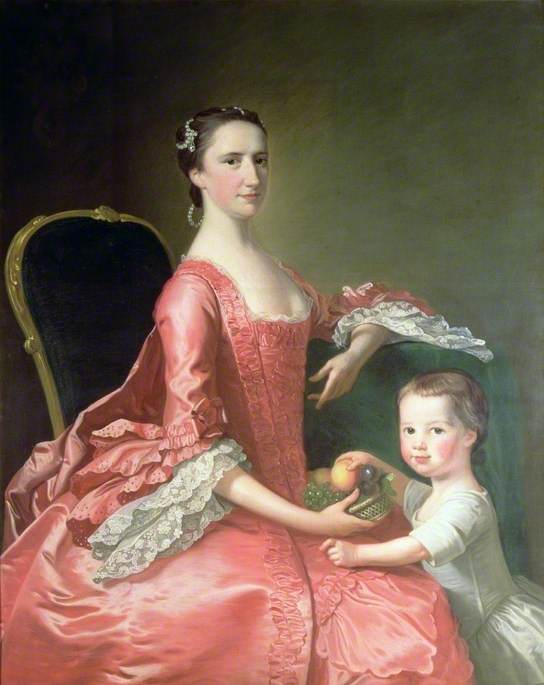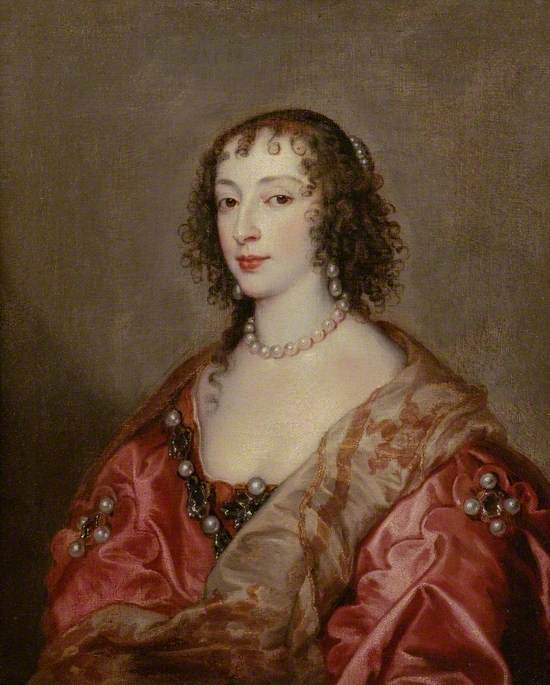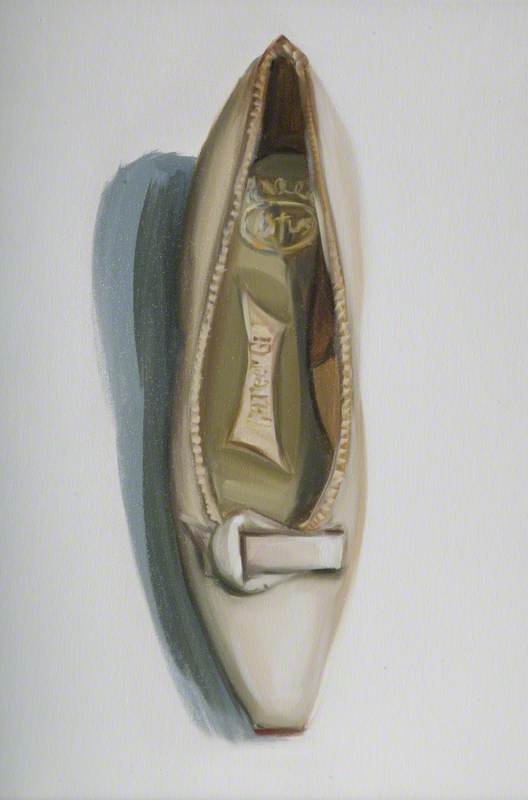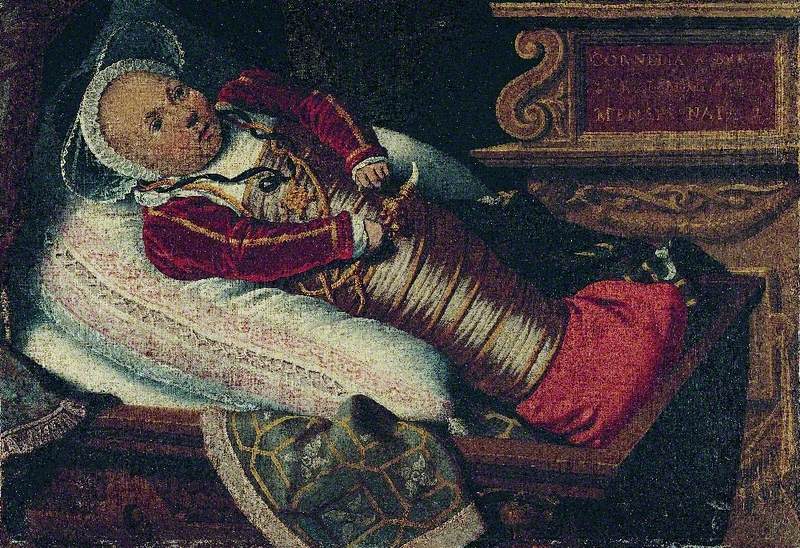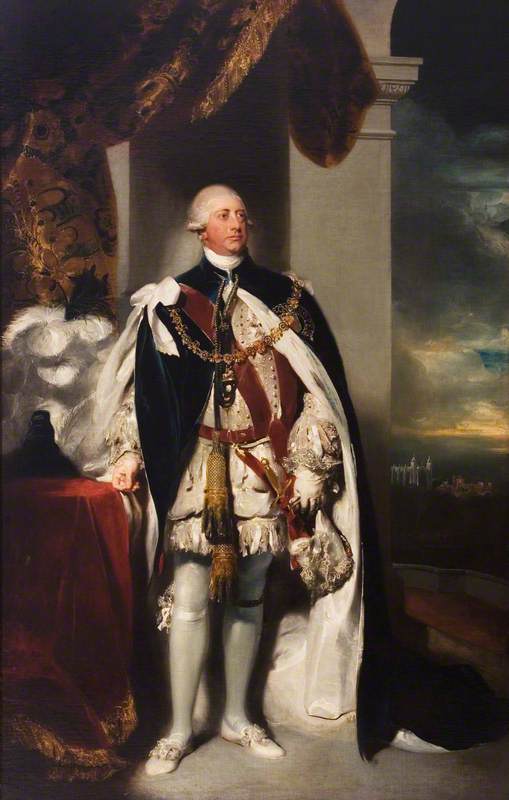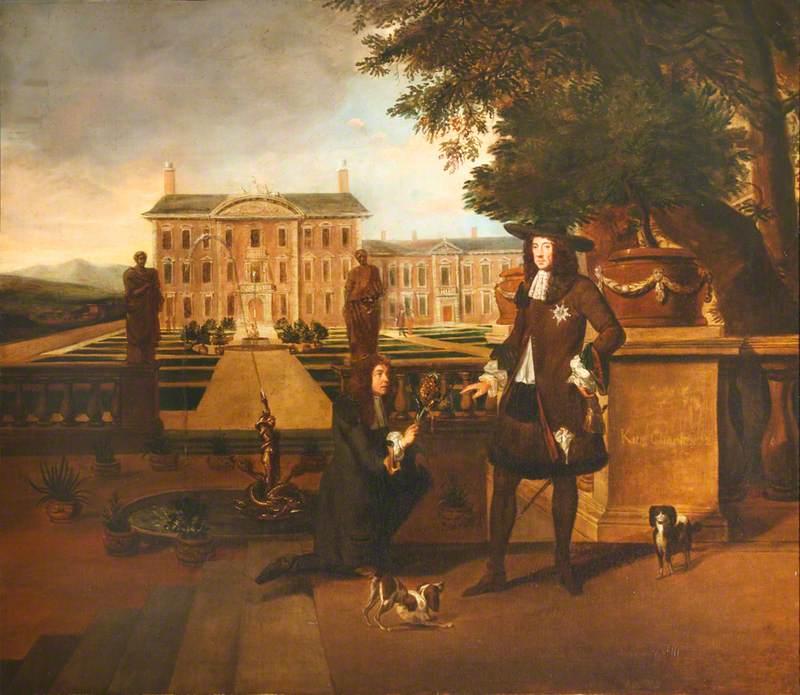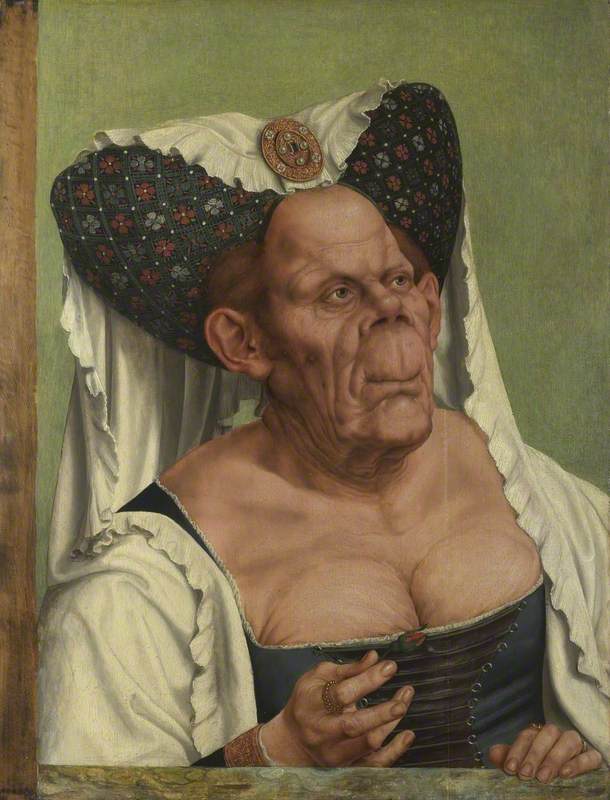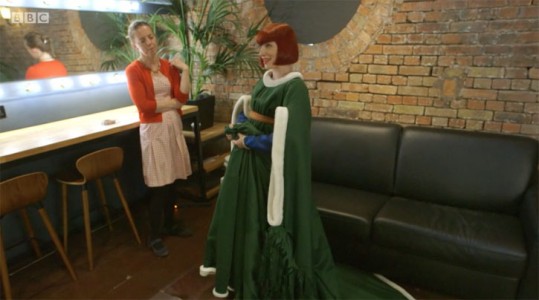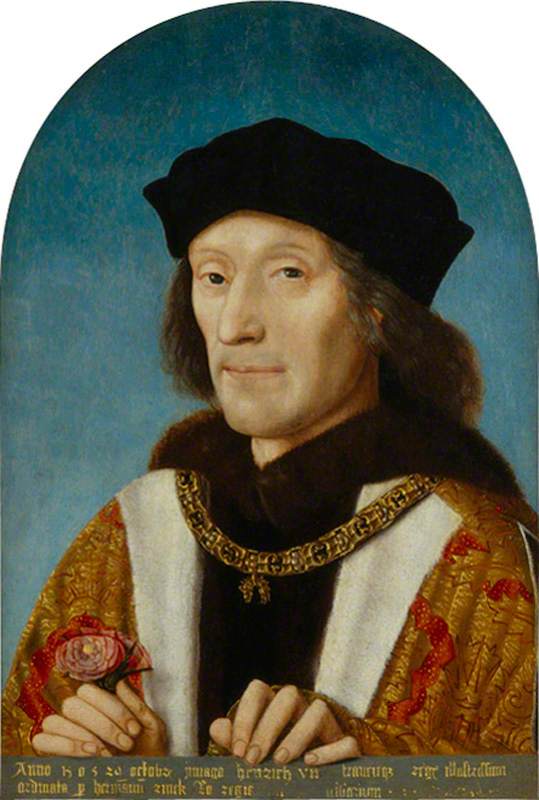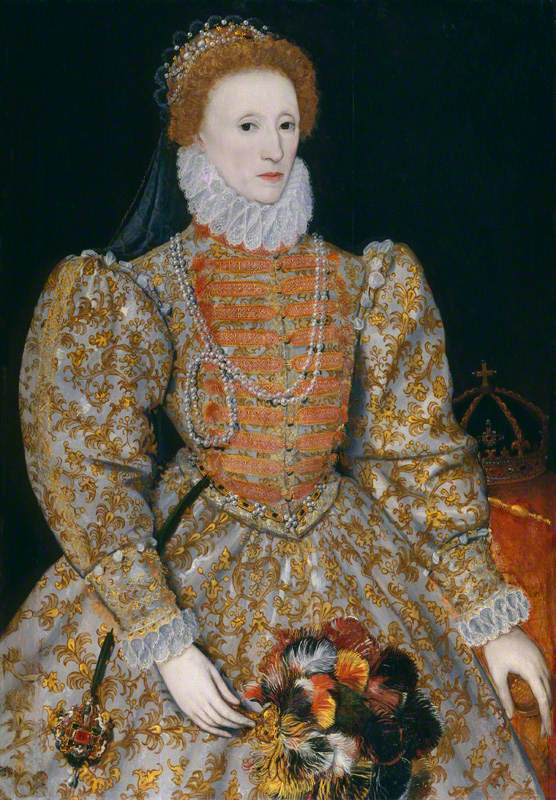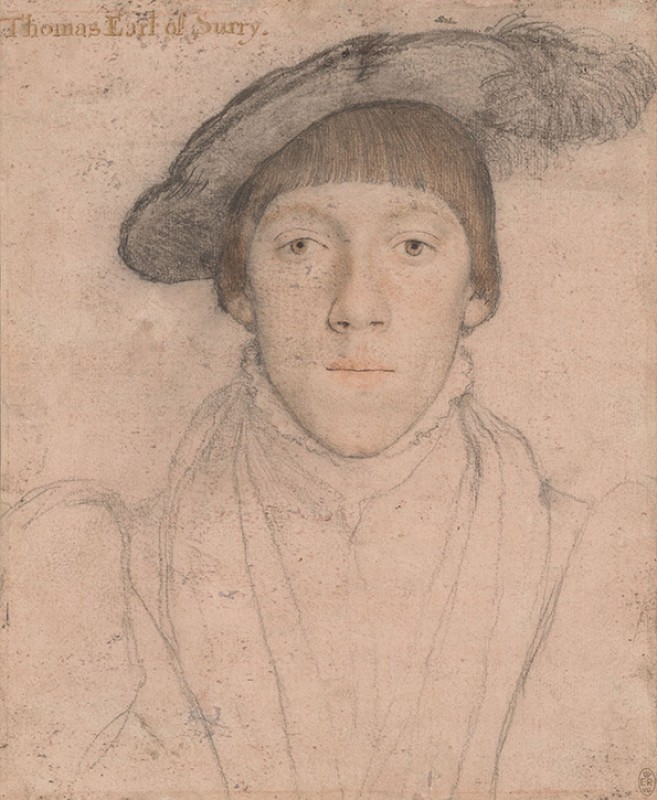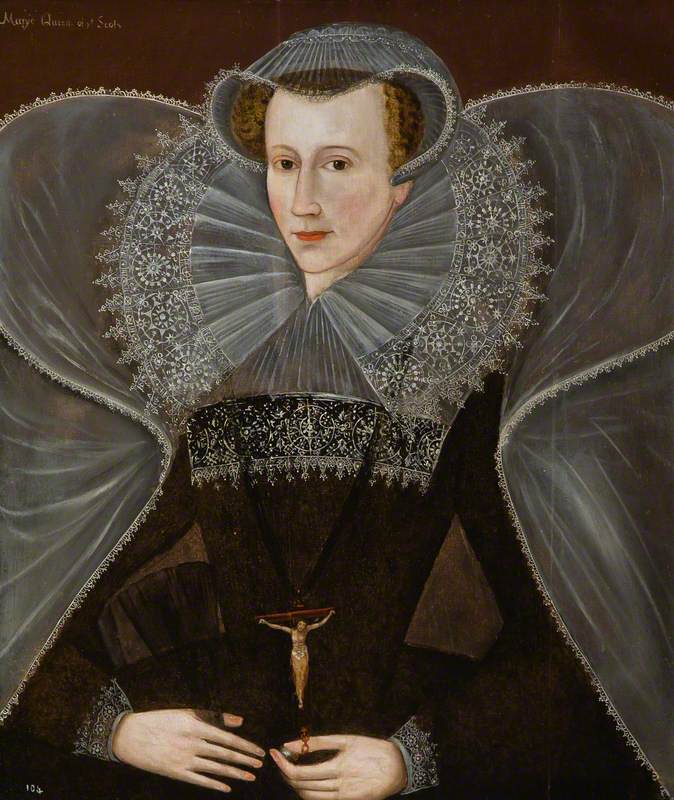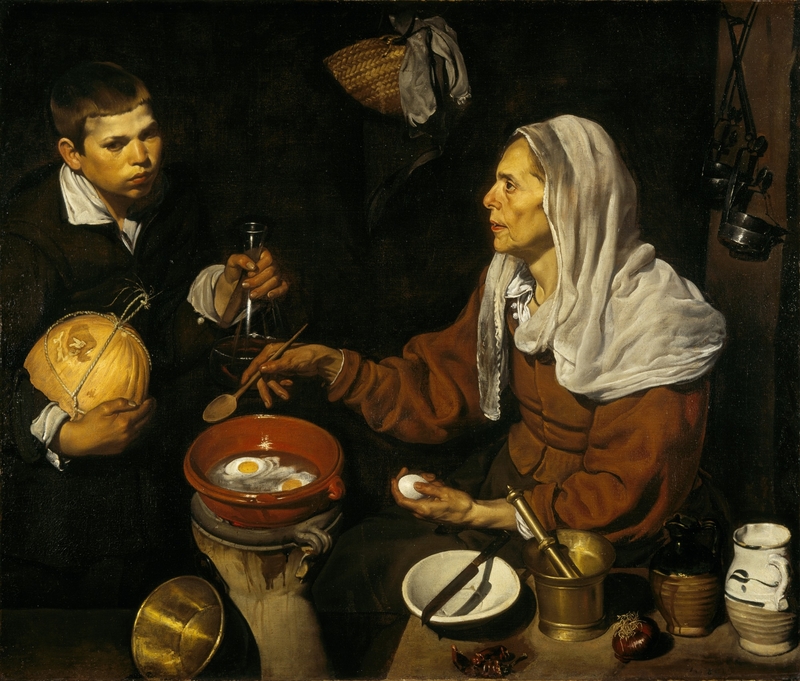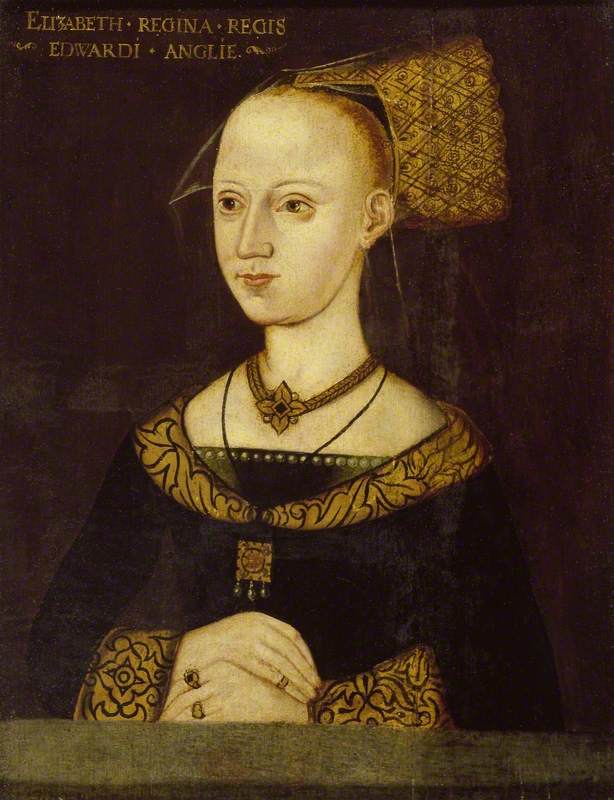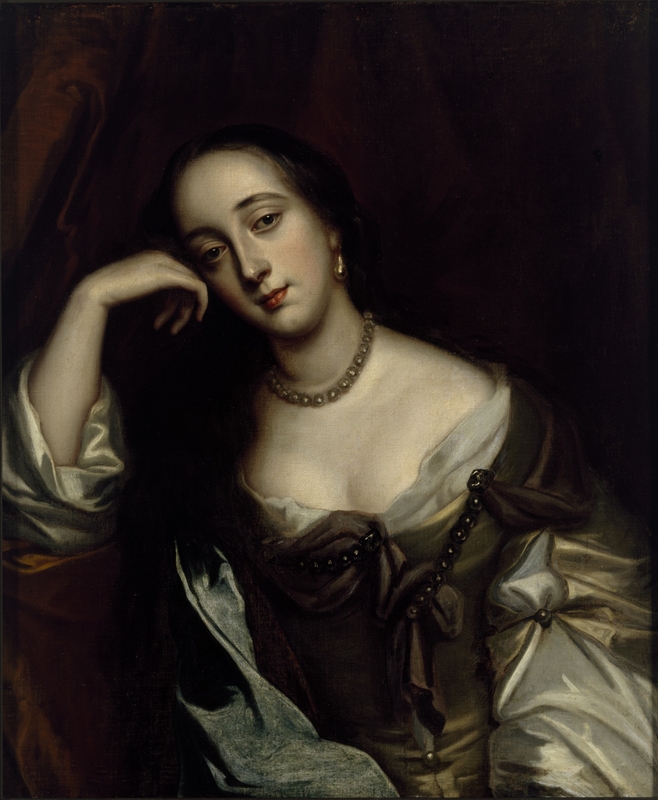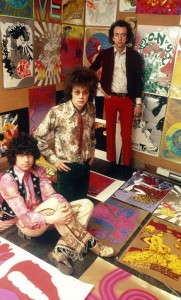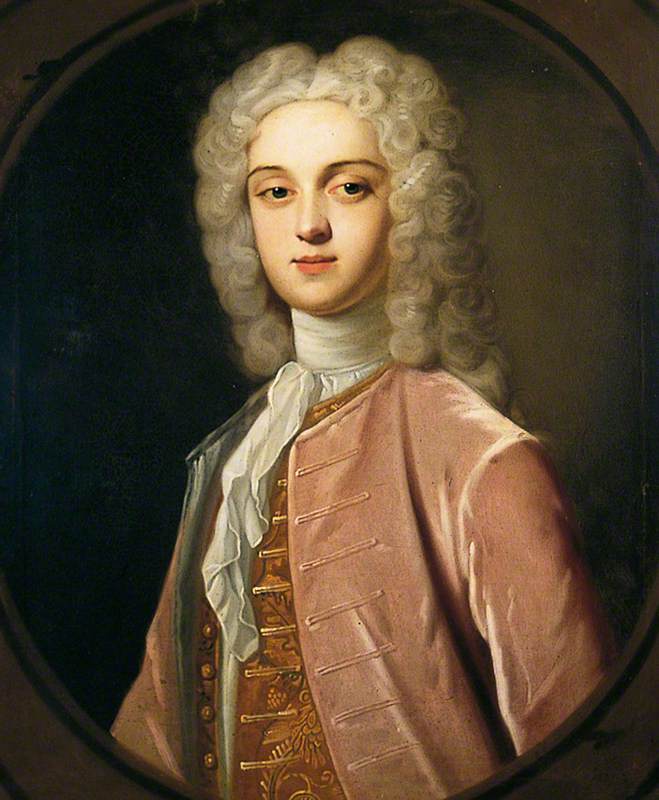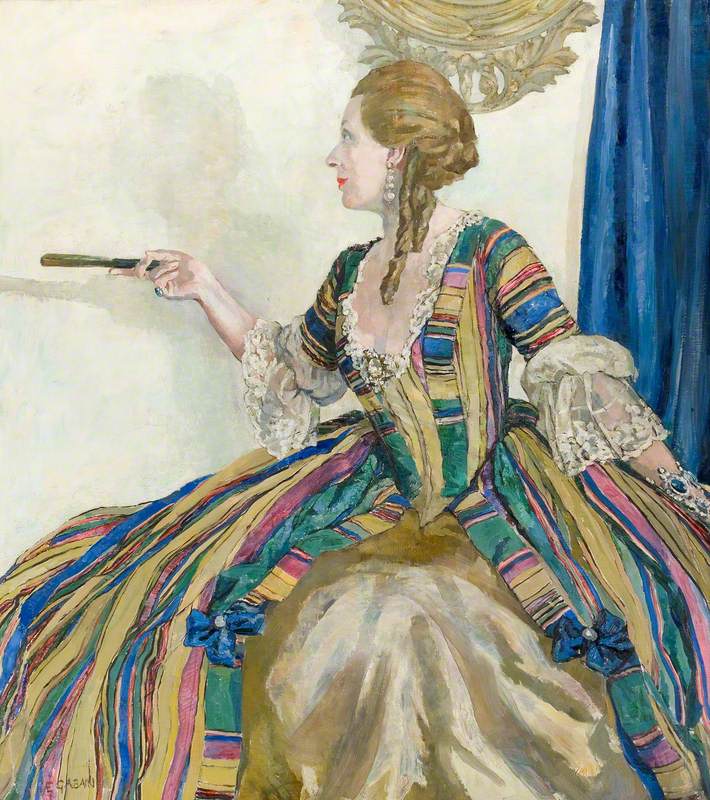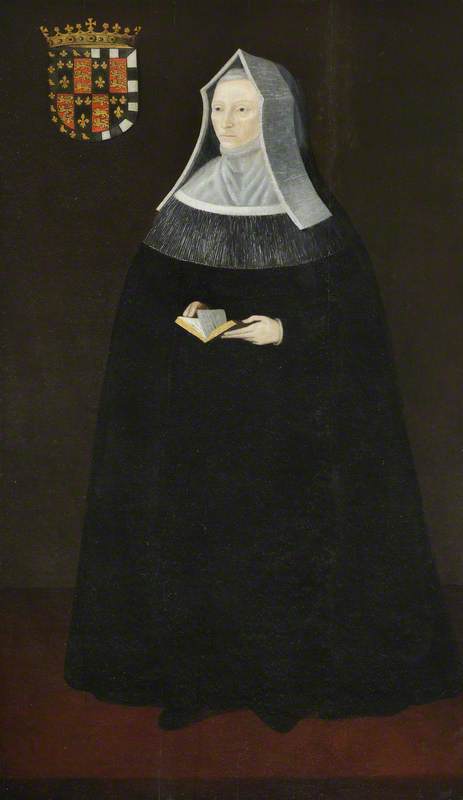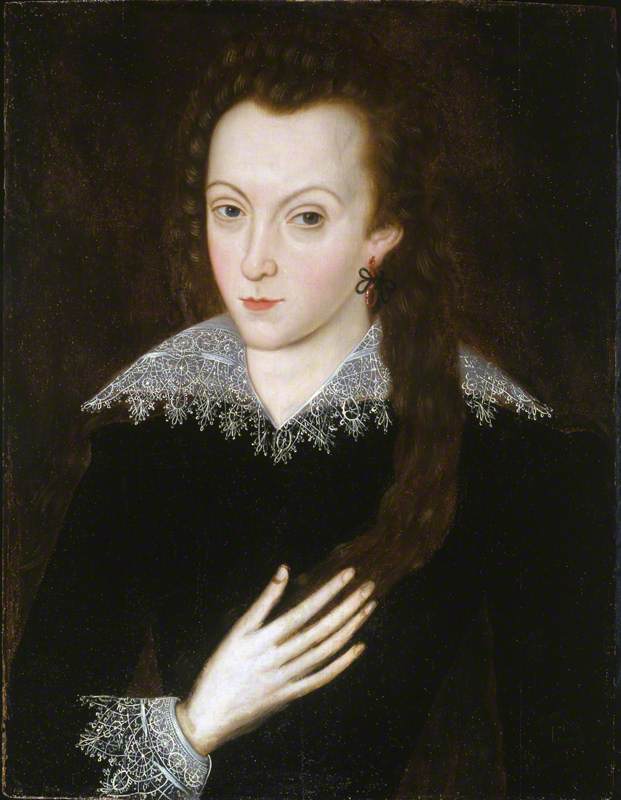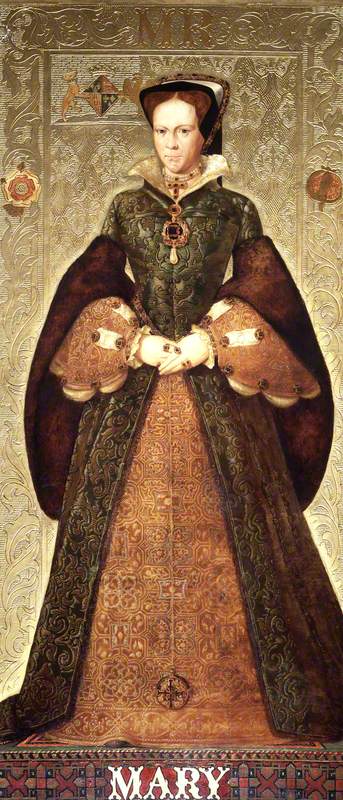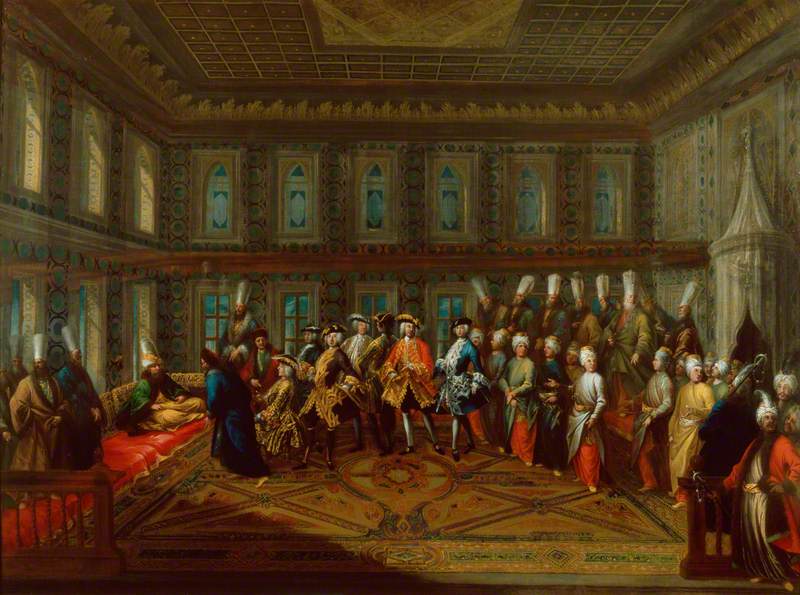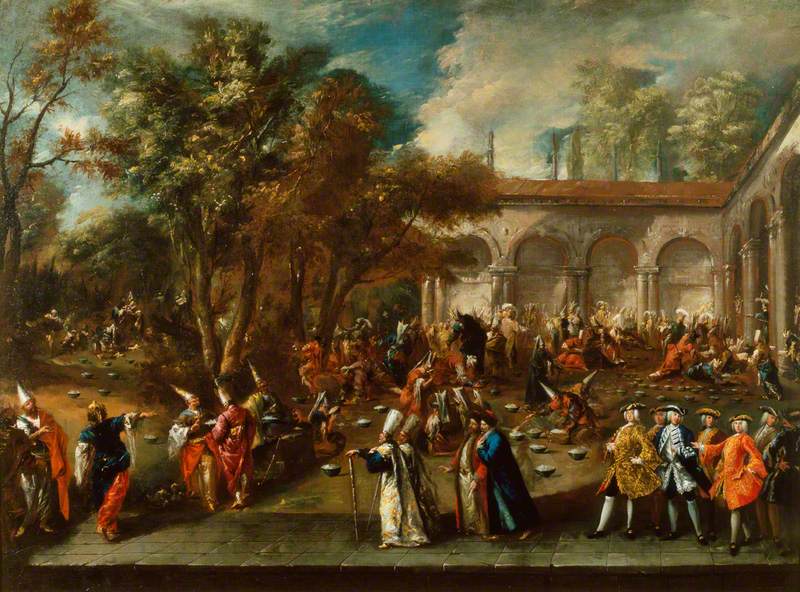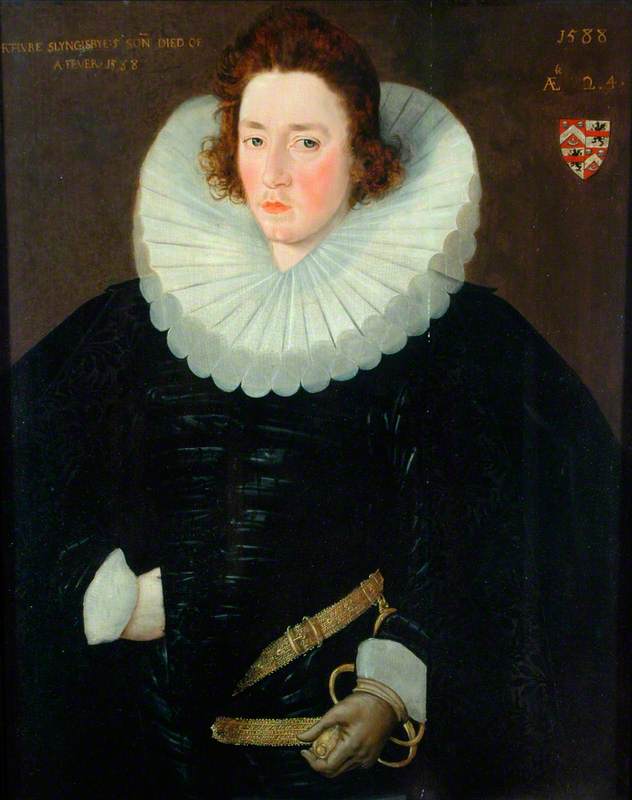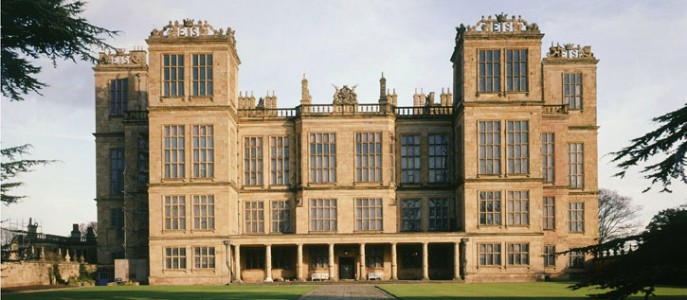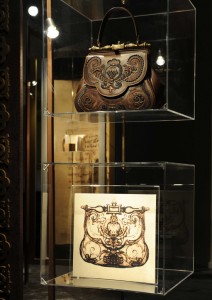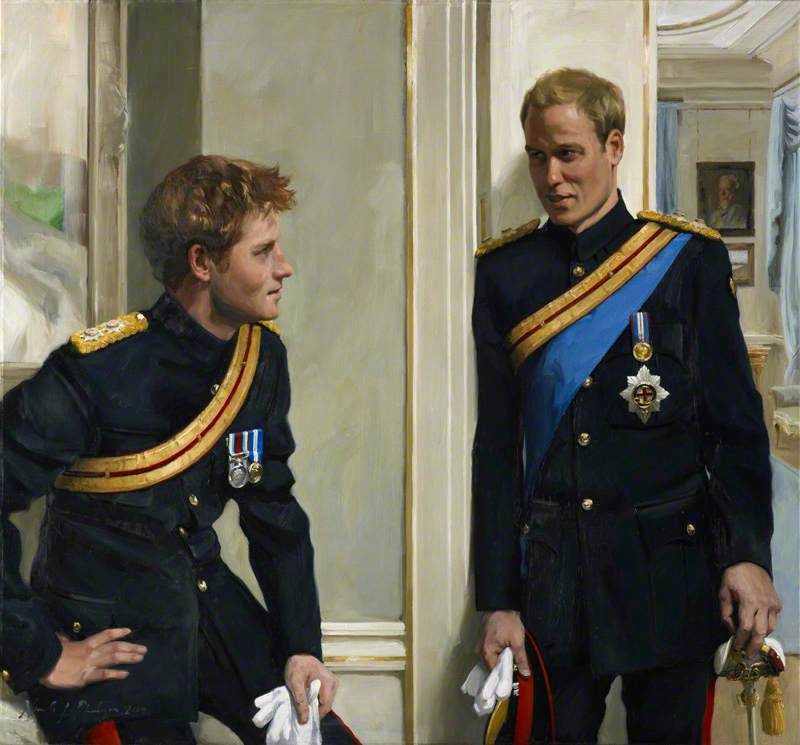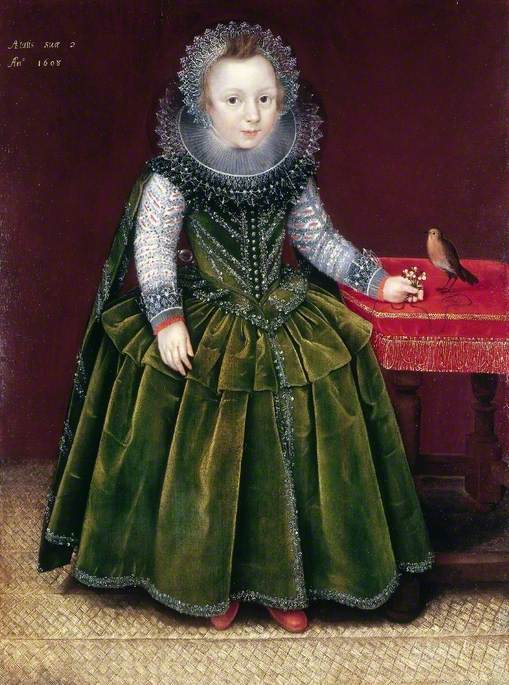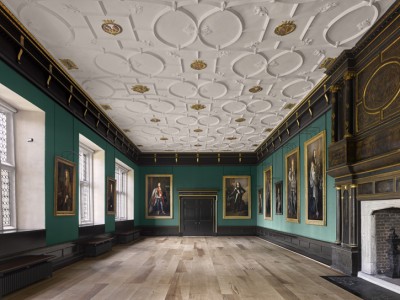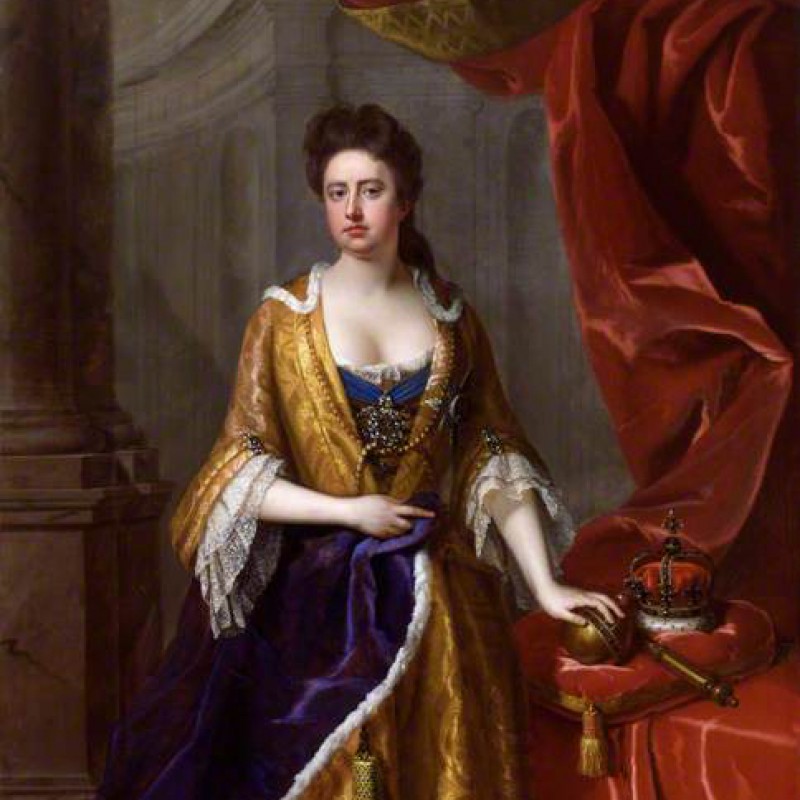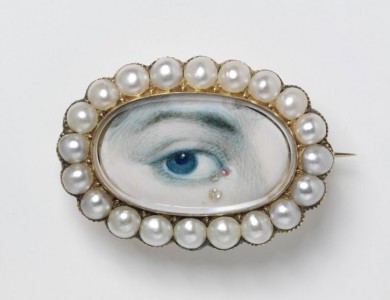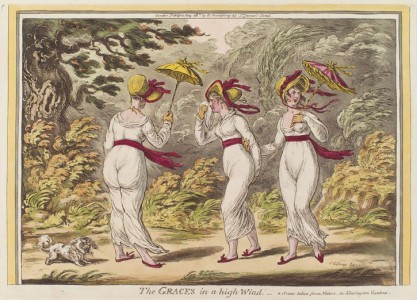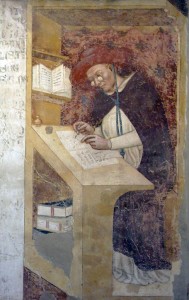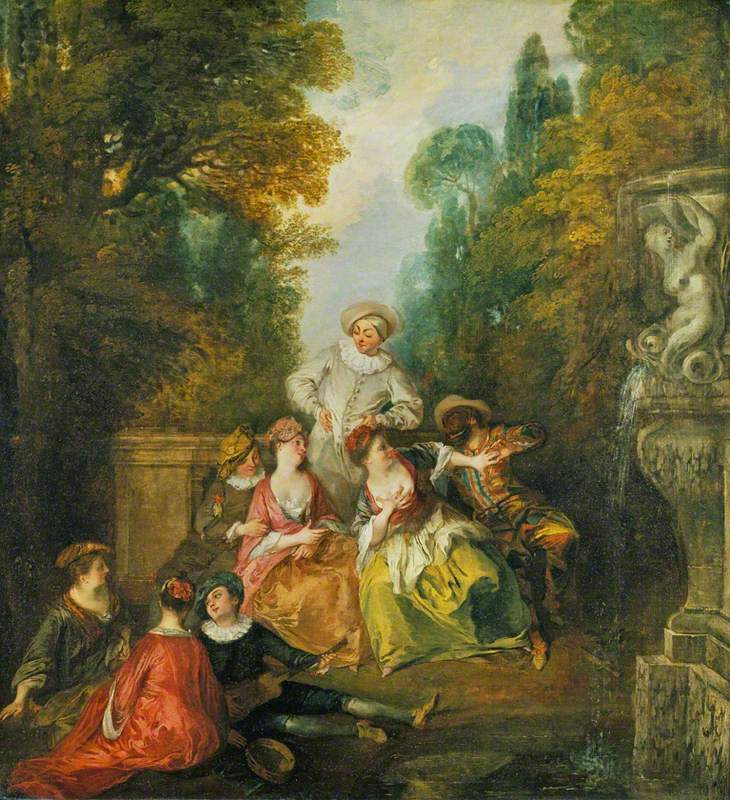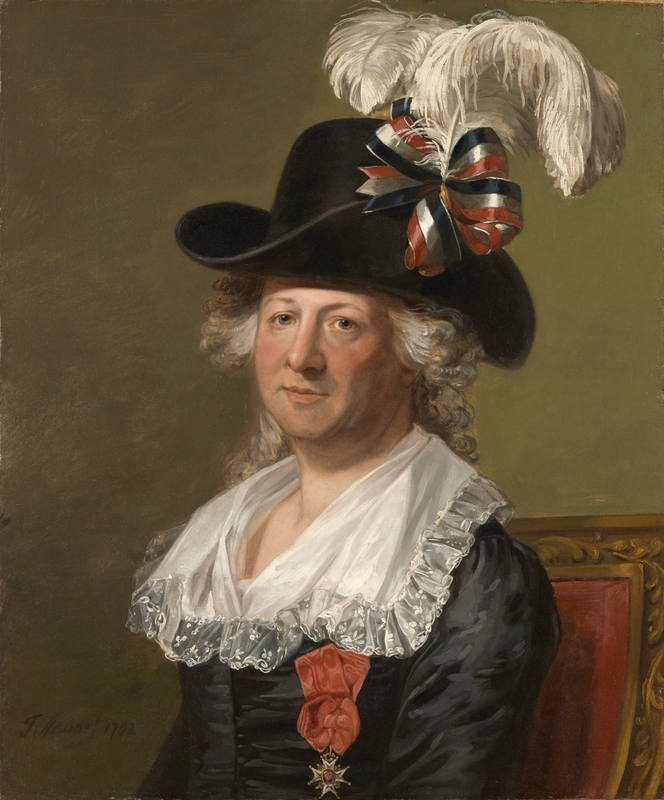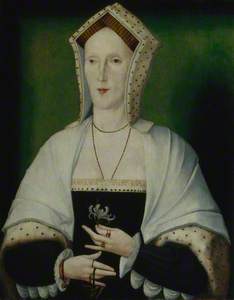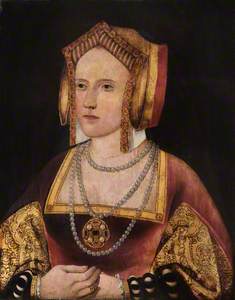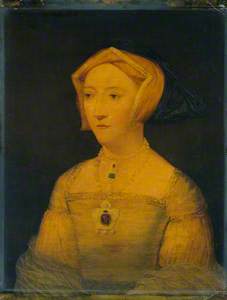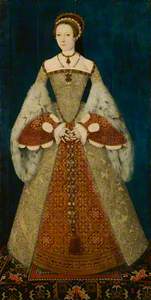The Tudor era saw numerous upheavals and changes throughout its 118 years – from religion, to the role of women, the state of the monarchy, and much more. In just three generations of monarchs, England experienced a dynasty so tumultuous that would go on to become one of the country's most famous and divisive.
Throughout the period, there were also huge changes to fashion, which are extensively documented in numerous artworks, as well as later copies. A comprehensive overview of the entirety of Tudor fashion is a task too large for any one article, so instead we will take four glimpses into female court fashion, looking at how the tastes and politics of individual courtiers and queens were reflected in their fashion choices.
Hoods – from gable to French and back again (and again)
While the end of the Tudor era, during the latter part of Elizabeth I's reign, saw the popularity of headdresses decline in favour of uncovered hair decorated with jewels, diadems, and feathers, prior to that (and for the majority of the Tudor period), headdresses were a vital part of court dress.
Unknown woman, formerly known as Margaret Pole, Countess of Salisbury
c.1535
unknown artist 
At the beginning of the Tudor period, gable hoods (so named because the top of the hood resembles the gable of a house) with long lappets (the decorative sides of the hood) were the order of the day, as seen in this fifteenth-century copy of a portrait of Elizabeth of York as Queen of England.
Elizabeth of York (1466–1503), Queen Consort of Henry VII
16th C
British (English) School 
As the decades went on, the lappets on the side of the gable hood reduced in length, from past shoulder level, as seen in the aforementioned portrait as Elizabeth of York, to chin level, as seen in this contemporary portrait of Katherine of Aragon.
Then, ultimately to above the chin, as seen in this eighteenth-century depiction of Anne Boleyn.
Anne Boleyn was instrumental in popularising French hoods in the 1520s, which were rounder in shape and shorter than the gable hoods, allowing more hair to peek out.
However, we can see from contemporary depictions, such as these stained glass windows of Katherine of Aragon and Margaret Tudor (Henry VIII's sister and Queen of Scotland), that an earlier hood with a similar shape, but longer sides, was worn in England before Anne popularised the French hood proper. Indeed, French hoods became so associated with Anne Boleyn, that the period just after her downfall and execution saw a brief return to the more 'modest' gable hoods.
Queen Jane Seymour
c.1795–1800
Hans Holbein the younger (c.1497–1543) (after) 
They were favoured by her short-lived successor, Jane Seymour, who banned her ladies from wearing the French hood – much to the chagrin of many courtiers. John Hutton, writing to Lady Lisle, said that he had seen her daughter Anne the day before in a gable hood, 'which I thought became her nothing so well as the French hood, but the Queen's pleasure must be done.'
Jane's death only 18 months into her reign allowed for a return to the popular style, and Henry VIII's final two wives, Katherine Howard and Katherine Parr, were depicted wearing it.
K. Howard (Katherine Howard)
1854–1860
Richard Burchett (1815–1875) (circle of) 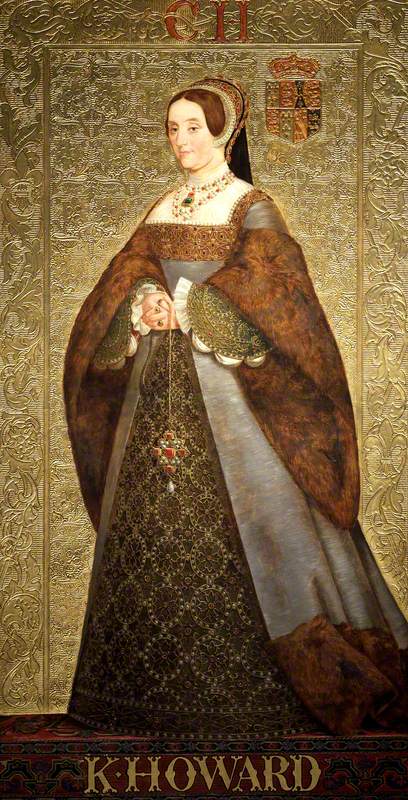
During her brief reign in the 1550s, Mary I favoured a style of French hood with a 'squared' shape.
Mary I (1516–1558) (Mary Tudor)
Antonis Mor (1512–1516–c.1576) (after) 
Elizabeth I also wore hoods in her youth and early on in her reign. But as the sixteenth century came to an end, hoods fell out of fashion almost entirely.
Before Gloriana: a monochrome Elizabeth I
Decades after Jane Seymour's use of gable hoods as a statement of court politics, Anne Boleyn's daughter, the future Elizabeth I, began to dress in all black and white at the court of her half-sister, Mary I.
This sartorial choice was not merely based on style, it was intended as a subtle yet deliberate show her support for the Protestant faction – a group that eschewed opulent dress and opposed her Catholic sister. By aligning herself with Protestant faction via her dress, Elizabeth was setting herself up as an heir to rival her sister's strong commitment to Catholicism, indicating the differences a potential Elizabethan reign could bring in. This version of the future Elizabeth I in deliberately simple and subdued dress couldn't contrast more with our popular vision of her in the later, Gloriana years of her reign – covered in opulent jewels, with uncovered, hoodless hair decorated with jewels and diadems.
So, while that plain style of dress did not necessarily stick, it served an important political purpose at the time.
The black and white colour scheme, however, had more staying power.
While Elizabeth did introduce lots of rich colour into her wardrobe as queen, she did retain an affinity for black and white gowns, which she used as symbolism for her role as the 'Virgin Queen'.
Spanish style
At the advent of the sixteenth century, in an episode of history that shows that political marriages could have an influence on more than just foreign policy, the arrival of Spanish Infanta Catherine of Aragon to England in 1501 proved to have a lasting effect on English fashion. Catherine introduced and popularised the wearing of hoop skirts (a type of farthingale that gave dresses a wider shape) and Spanish blackwork lace in England. This type of embroidery on lace was done in black thread, which can be seen around the hands of this portrait of an unidentified woman from the 1520s.
Unknown woman, formerly known as Catherine Howard
late 17th C
Hans Holbein the younger (c.1497–1543) (after) 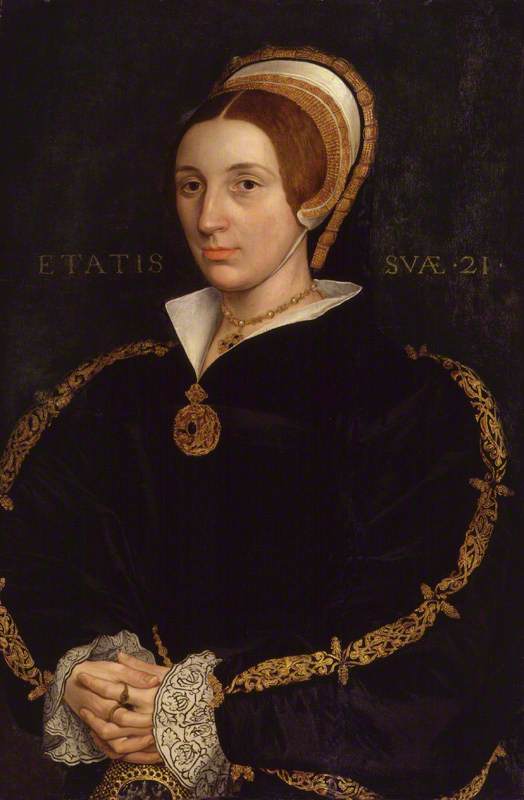
Both fashions would continue to thrive well after Catherine's reign and lifetime, remaining popular well into the Elizabethan era. This is similar to the introduction of the French hood to England, which came about once Mary Tudor (Queen of France) and Anne Boleyn returned to the English court from France in the 1520s after Mary was widowed.
So much of fashion from this era seems to depend on the tastes and fortunes of individuals – where they have been, and where they end up (be it through dynastic marriages, alliances, deaths, or personal ambition) and how they choose to express themselves when they find themselves at the top of court life.
Succession portraits
A fantastic, and sometimes odd looking way to illustrate these changes in fashion are the various paintings created to anachronistically depict various stages of the Tudor succession.
In these works, we see decades of clothing all depicted side by side – Elizabeth of York's long lappeted gable hood with Jane Seymour's short lappeted one, depicted seamlessly together as if the court's love of French fashions had never occurred.
The Family of Henry VIII: An Allegory of the Tudor Succession
c.1572
Lucas de Heere (c.1534–1584) 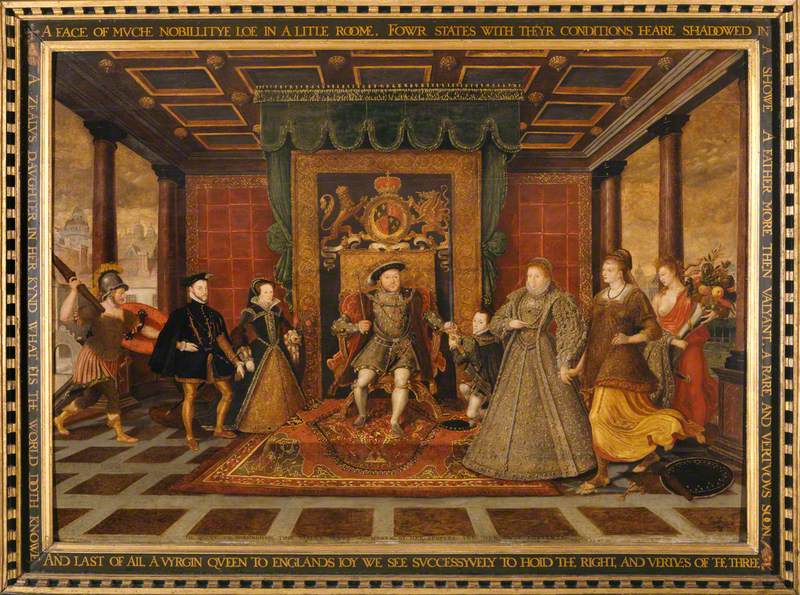
Similarly, a portrait of the family of Sir Thomas More by Hans Holbein was copied by artist Rowland Lockey, who added in the contemporary Elizabethan descendants of More amongst the original figures of the 1528 portrait.
Thus we see figures wearing gable and French hoods and square-necklined dresses, among figures with uncovered hair and hats, wearing high-necklined dressed adorned with ruffs. It is through the strangeness of these portraits – the oddness of seeing this mixing of disparate styles and fashions, that we can really appreciate how different clothing was as the years, and generations of Tudor courtiers, went on.
Chloe Esslemont, freelance writer and co-founder of TabloidArtHistory
